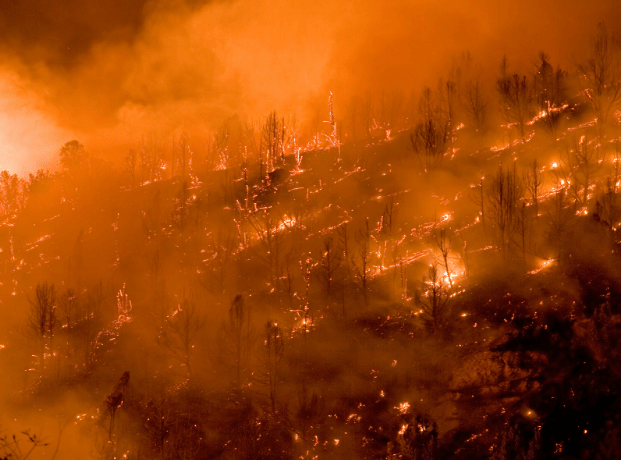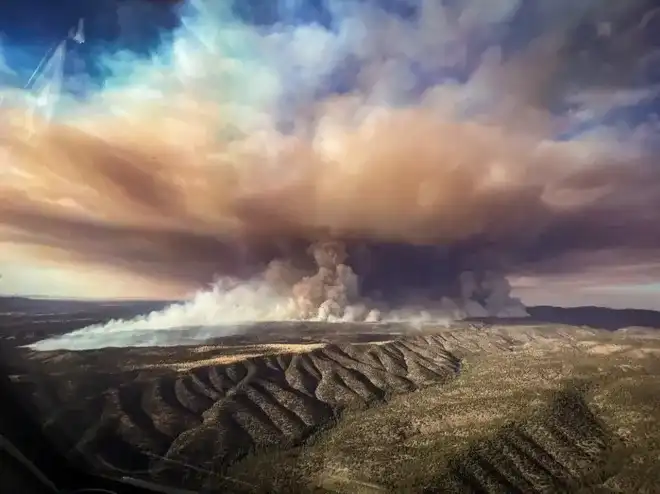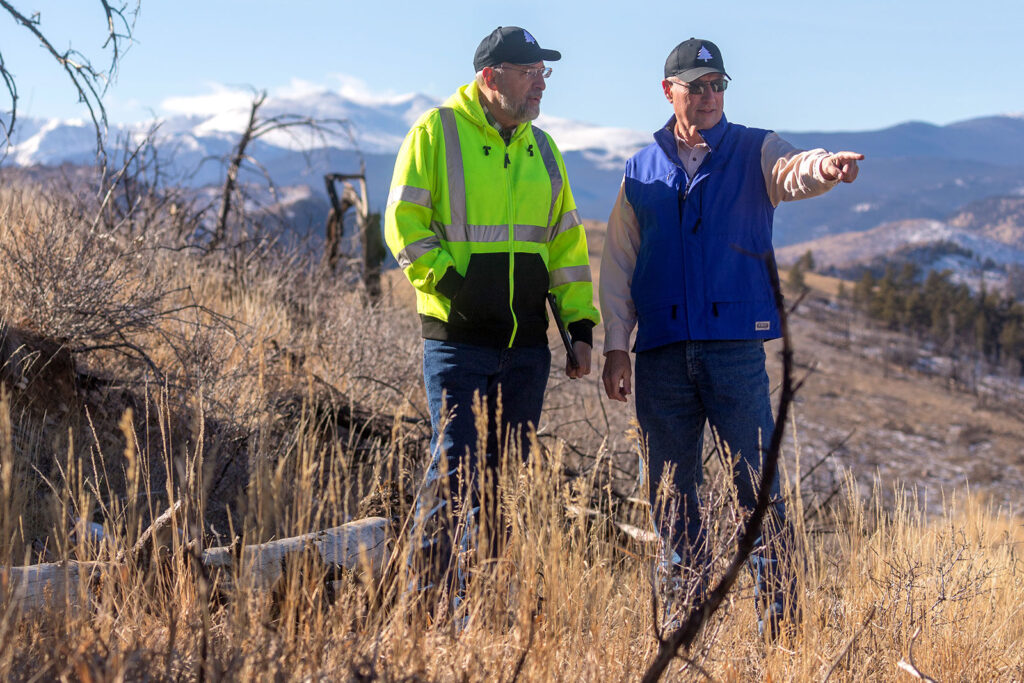As wildfires continue to ravage vast swathes of land worldwide, misconceptions surrounding their causes, prevention, and aftermath persist. These myths often undermine efforts to effectively combat and mitigate the devastating impacts of these natural disasters. Understanding the reality behind common wildfire myths is crucial for fostering a proactive approach to prevention and recovery. Additionally, in the wake of these destructive events, organizations like Wildfire Pros play a pivotal role in aiding communities and individuals in their efforts to recover and rebuild. You need to debunk prevalent wildfire myths and understand how Wildfire Pros offers essential services for both wildfire prevention and post-fire recovery.
There are five common wildfire myths that often cloud the public's understanding of these destructive natural phenomena. These misconceptions, though widely believed, are not entirely accurate and contribute to a less effective societal response to the threat of wildfires. Understanding the nuances behind these myths is the first step toward a more informed and proactive approach to wildfire prevention and management.
 Myth 1: Wildfires Only Occur in Forested Areas
Myth 1: Wildfires Only Occur in Forested AreasOne of the most pervasive myths is that wildfires exclusively occur in densely forested regions. While forests are indeed susceptible, wildfires can ignite and spread in various landscapes, including grasslands, shrublands, and even urban areas. Dry vegetation, coupled with high temperatures and strong winds, can turn any location into a potential wildfire hotspot. It's crucial to recognize that no area is entirely immune to the threat of wildfires, necessitating preparedness and preventative measures across all landscapes.
Contrary to popular belief, not all wildfires stem from natural causes like lightning strikes. Human activities, including unattended campfires, discarded cigarettes, and poorly managed agricultural burns, are significant contributors to wildfire occurrences. Furthermore, equipment malfunctions and power line issues can trigger devastating wildfires, highlighting the need for responsible human behavior and stringent safety protocols to minimize these risks.
While wildfires can indeed spread rapidly, effective wildfire management strategies, including early detection systems, timely evacuation protocols, and well-coordinated firefighting efforts, can significantly contain and control their impact. The integration of advanced technology, such as fire-resistant materials and specialized aircraft for firefighting, further enhances the effectiveness of wildfire containment, emphasizing the importance of a multi-faceted approach to wildfire control and mitigation.
Many believe that periods of rainfall completely eliminate the risk of wildfires. While rain can temporarily dampen the immediate threat, it does not entirely eradicate the potential for wildfires. In some cases, intermittent rainfall can even foster the growth of vegetation, which, when followed by a dry spell, becomes highly susceptible to ignition.  Understanding that seasonal changes, in conjunction with other factors such as temperature and humidity, significantly influence the risk of wildfires is essential in dispelling this misconception. Effective wildfire prevention measures must remain a priority, regardless of seasonal variations, to ensure comprehensive protection against these unpredictable natural disasters.
Understanding that seasonal changes, in conjunction with other factors such as temperature and humidity, significantly influence the risk of wildfires is essential in dispelling this misconception. Effective wildfire prevention measures must remain a priority, regardless of seasonal variations, to ensure comprehensive protection against these unpredictable natural disasters.
There is a prevalent misconception that wildfires inevitably lead to the total annihilation of affected areas, leaving behind only charred remains and desolation. While wildfires can indeed cause significant damage to landscapes, wildlife, and structures, not all areas ravaged by wildfires are irreparably destroyed. Some ecosystems have evolved to adapt to periodic wildfires, with certain plant species relying on fire to release seeds or clear out competition. Moreover, effective fire management strategies and timely intervention by firefighting teams can mitigate the extent of the destruction, allowing for the regeneration and regrowth of natural habitats. Understanding the role of controlled burns and ecosystem resilience is crucial in dispelling the notion that wildfires always result in irreparable devastation.
In the aftermath of a devastating wildfire, the road to recovery can seem insurmountable. However, organizations like Wildfire Pros offer vital support and resources to aid communities in navigating the challenging process of rebuilding and restoration. Through their comprehensive post-fire recovery services, Wildfire Pros assists in debris removal, property restoration, and emotional support, fostering a sense of hope and resilience within affected communities.
Wildfire Pros prioritizes proactive wildfire prevention measures through comprehensive risk assessments, fuel management strategies, and community education programs. By promoting awareness and implementing tailored prevention initiatives, they contribute significantly to reducing the likelihood and severity of future wildfire incidents, ensuring the safety and well-being of at-risk regions.
Wildfire Pros' prevention services are designed to empower communities, providing them with the knowledge and tools necessary to minimize the risk and impact of wildfires. These services are built on a foundation of science-backed strategies and hands-on experience, leveraging multiple methods to reduce fire fuel and manage vegetation. From comprehensive risk assessments to keeping the community educated, each service is meticulously tailored to meet the specific needs of the region. Through proactive prevention, Wildfire Pros aims to foster safer, more resilient communities, well-equipped to face the threat of wildfires.
Wildfire Pros conducts thorough risk assessments to identify vulnerable areas and develop tailored mitigation plans, including fuel reduction strategies and landscape modifications, to minimize the risk of wildfire outbreaks.
Implementing strategic vegetation management practices and establishing effective firebreaks are integral components of Wildfire Pros' prevention services. By creating defensible spaces and barriers, they help impede the spread of wildfires, safeguarding communities and their surroundings.
Dispelling common wildfire myths is crucial for fostering a comprehensive understanding of the factors influencing these natural disasters. By acknowledging the diverse causes and characteristics of wildfires, communities can better prepare, prevent, and mitigate their impact. Organizations like Wildfire Pros play a pivotal role in this process, offering essential support for both wildfire prevention and post-fire recovery. Through their proactive initiatives and comprehensive services, they contribute to building resilient communities and safeguarding natural landscapes from the destructive force of wildfires. By combining knowledge, preparedness, and proactive intervention, we can collectively strive to minimize the devastation caused by these formidable natural phenomena. Do your part in wildfire prevention by choosing Wildfire Pros.